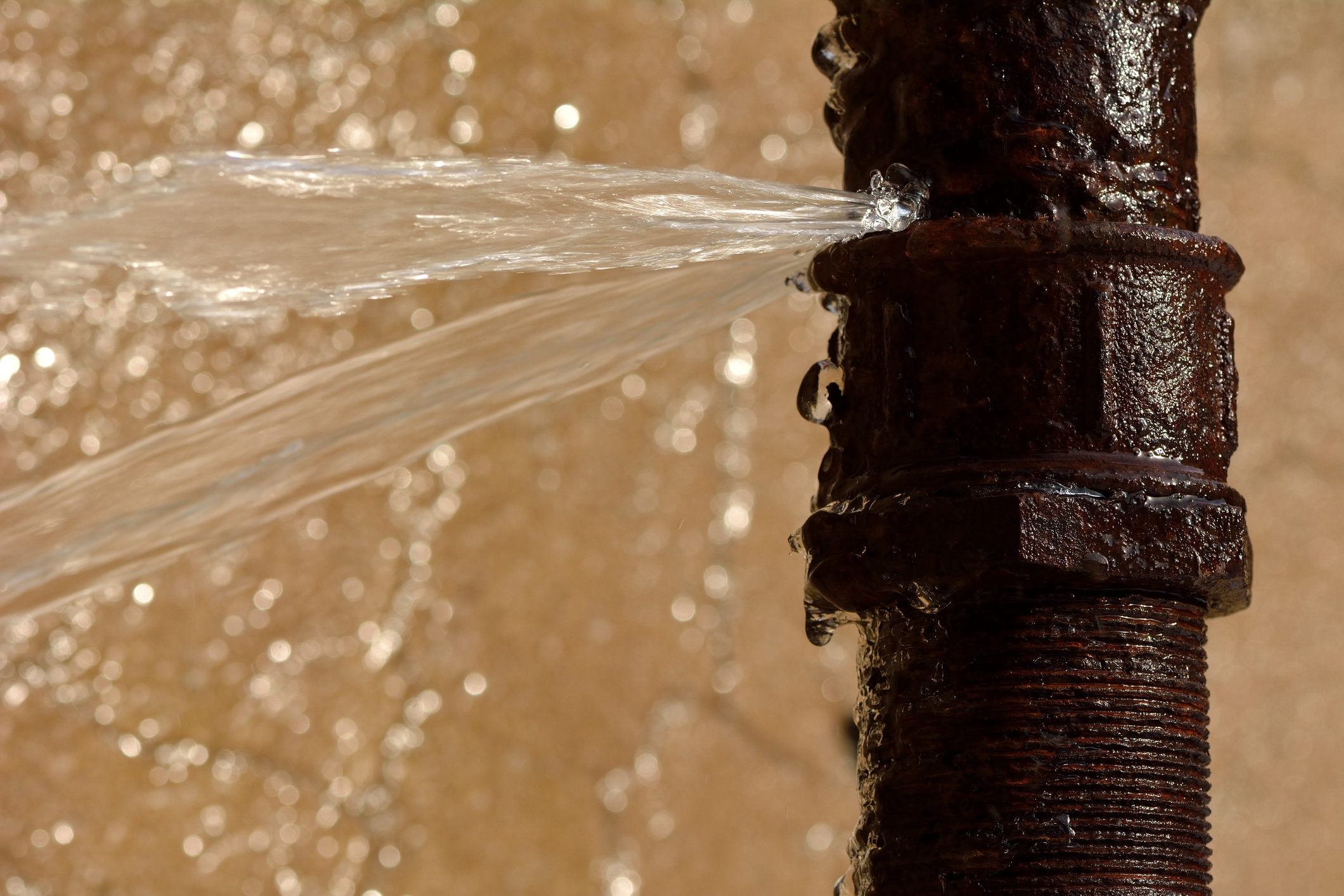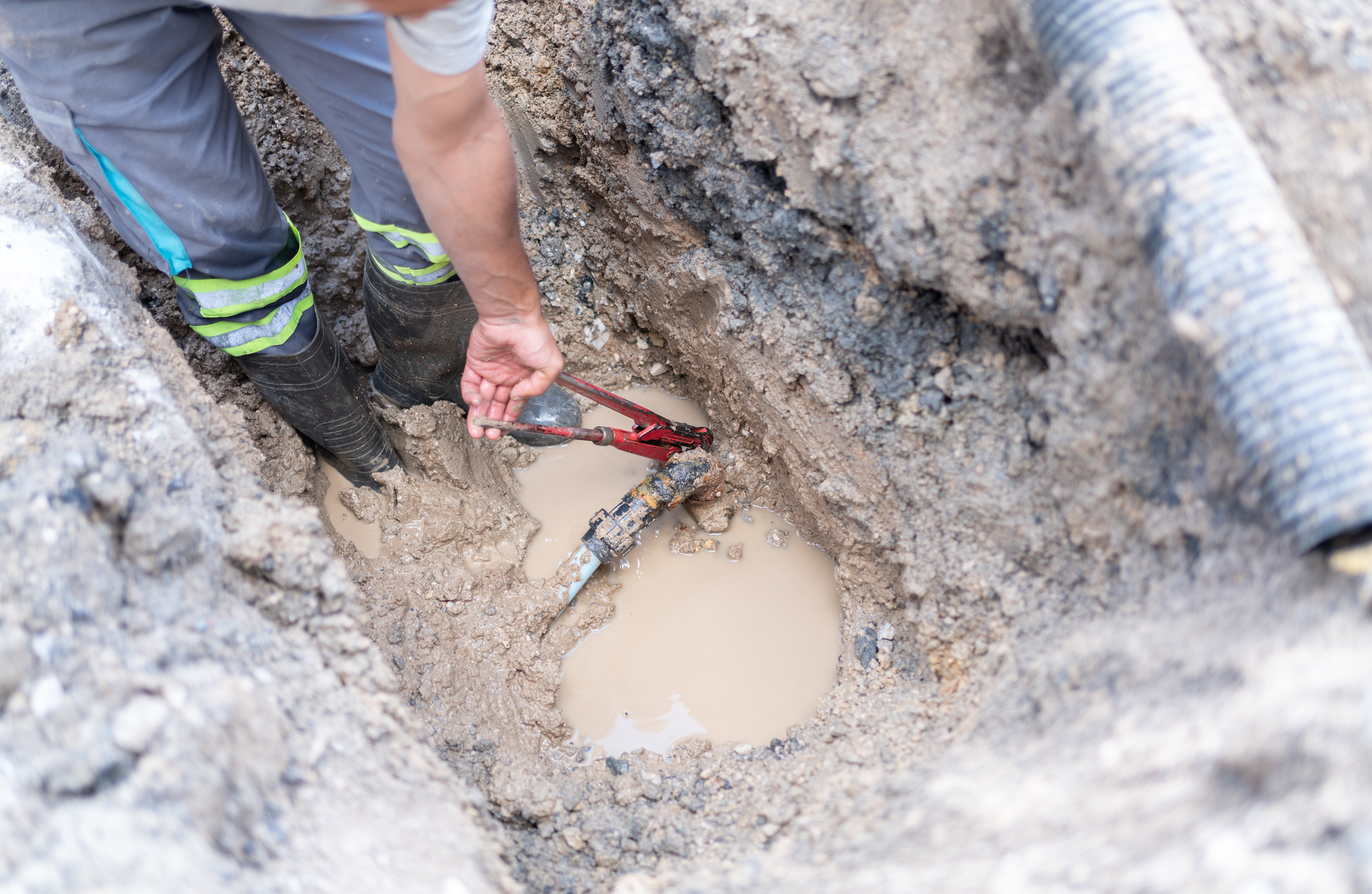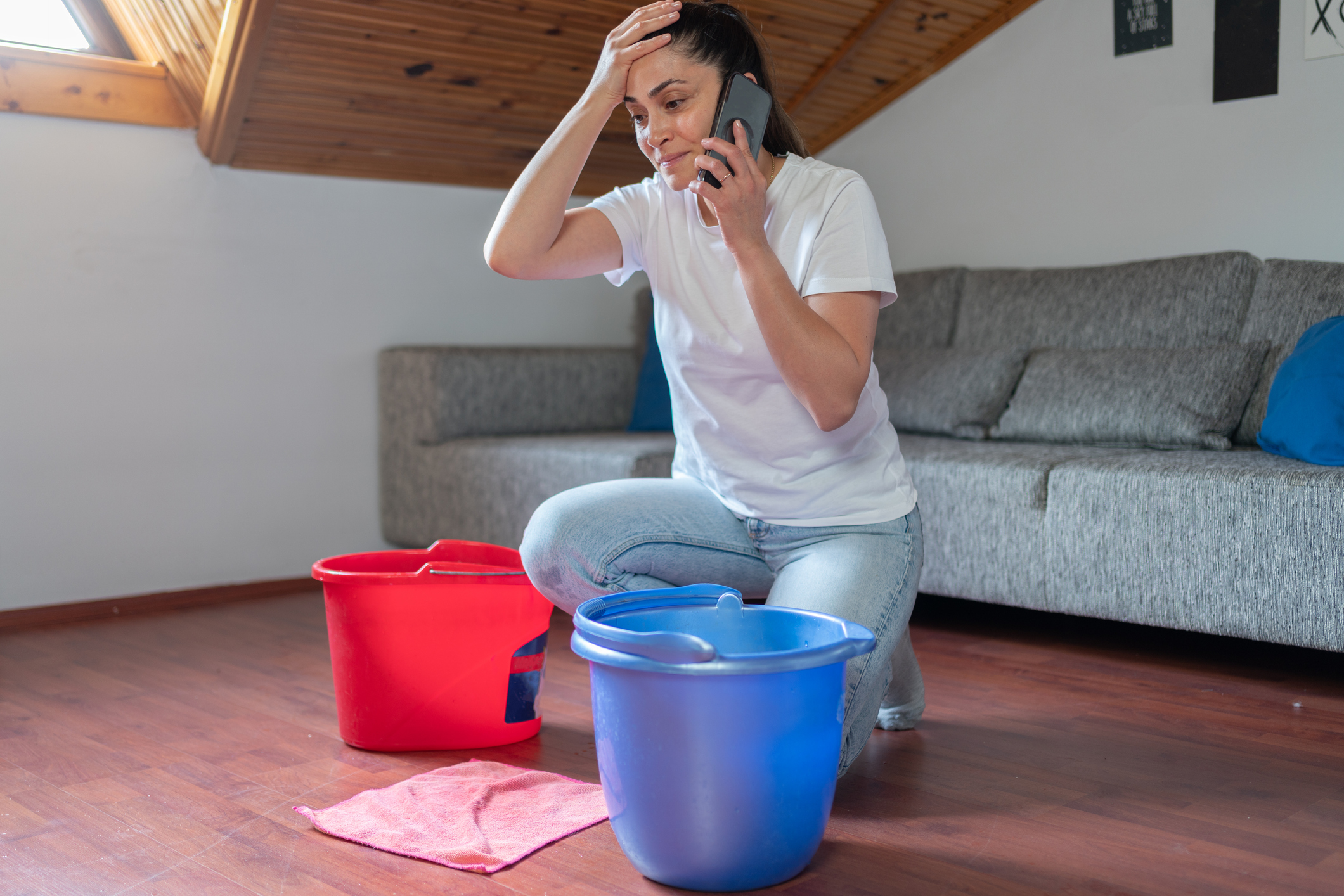A burst pipe can be a homeowner’s worst nightmare, causing significant water damage, disrupting daily life, and potentially leading to costly repairs if not addressed promptly. Knowing how to handle a burst pipe quickly and effectively can save you time, money, and stress. Here’s a step-by-step guide from Fite Plumbing to help you take immediate action.
1. Turn Off the Water Supply

The first step in managing a burst pipe is to shut off the main water supply. Locate your home’s main shut-off valve—usually found in the basement, garage, or near the water meter—and turn it off. This prevents further water from flowing into the damaged pipe and minimizes flooding.
2. Drain the System
After shutting off the water, open all faucets and flush the toilets in your home to drain the remaining water from the system. This step reduces pressure in the pipes and helps prevent additional leaks or bursts.
3. Identify the Burst Pipe
Inspect your home to locate the source of the leak. Check for obvious signs like water pooling, dripping ceilings, or walls with water stains. For hard-to-find leaks, listen for hissing or dripping sounds behind walls or under floors.
4. Temporarily Stop the Leak
If the burst pipe is accessible, use a temporary fix to stop the leak until a professional plumber arrives. Common solutions include:
- Pipe clamps: Designed to seal leaks temporarily.
- Rubber patches: Secure with hose clamps for small leaks.
- Plumber’s tape: Wrap around the damaged area to minimize leakage.
Keep in mind that these are short-term solutions and should not replace professional repairs.
5. Remove Excess Water
Use a wet-dry vacuum, towels, or mops to remove standing water from affected areas. This prevents water damage, mold growth, and further complications. For significant flooding, you may need professional water damage restoration services.
6. Protect Your Belongings
Move furniture, electronics, and other valuables away from the flooded area to prevent damage. If items are already wet, dry them thoroughly and monitor for signs of mold or mildew.
7. Call a Professional Plumber
Once the immediate emergency is under control, contact a licensed plumber like Fite Plumbing to assess the damage and repair the pipe. Burst pipes often require more than a simple patch, especially if the damage is extensive or the pipe is old.
8. Document the Damage
Take photos and videos of the burst pipe and any water damage for insurance purposes. Keep receipts for repairs and cleanup, as these may be reimbursed by your homeowner’s insurance.
9. Prevent Future Burst Pipes
Prevention is the best strategy for avoiding burst pipes in the future. Here are some tips:
- Insulate pipes: Protect pipes in unheated areas, like basements or attics, with pipe insulation.
- Let faucets drip: During freezing weather, let faucets drip to prevent pressure buildup.
- Maintain consistent temperatures: Keep your home’s temperature above 55°F, even when away.
- Schedule regular plumbing inspections: Routine checks by professionals can catch potential issues early.

Why Choose Fite Plumbing?
At Fite Plumbing, we understand the stress of dealing with burst pipes. Our team of licensed professionals is available to handle your plumbing emergencies quickly and effectively. From emergency repairs to preventative maintenance, we’ve got you covered.
If you’re experiencing a plumbing emergency or want to prevent one in the future, don’t hesitate to contact go to our home page or contact Fite Plumbing, Heating & Cooling today. We’re here to help protect your home and keep your plumbing system running smoothly.


